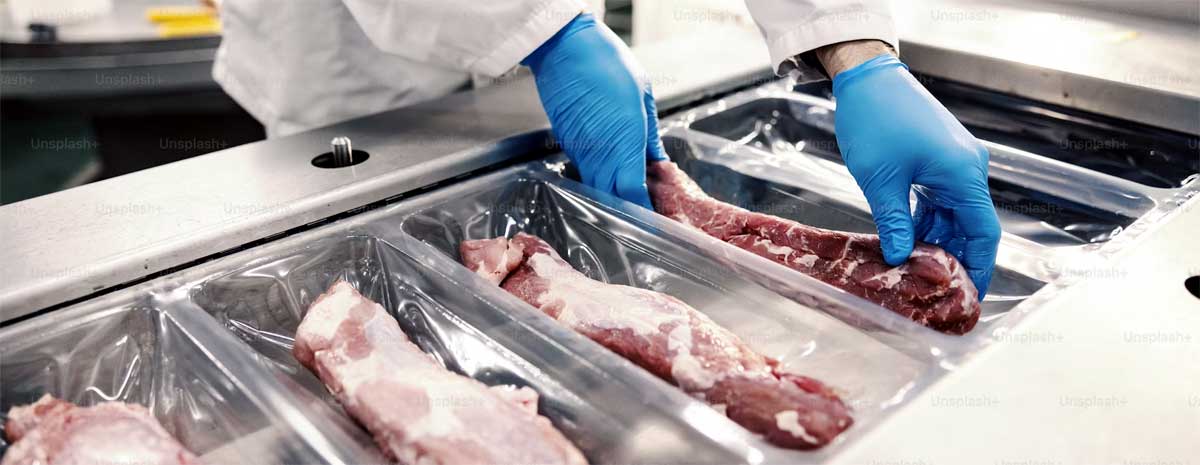It’s been difficult to remove all microplastics – tiny plastic particles – in our food supply. With potential health risks still under investigation, food manufacturers are scrambling to find effective ways to detect these contaminants before products reach consumers. PlasticNet AI offers to serve as a promising solutions for more efficient and accurate microplastic detection in the food industry.
How it Works
PlasticNet works by utilizing powerful machine learning algorithms to analyze plastic particle signatures identified through spectroscopy. This technique exposes particles to various light wavelengths, creating unique spectrograph patterns. By scanning these patterns, it can identify both the presence and type of microplastics with over 95% accuracy, surpassing the limited 30% accuracy of traditional manual analysis. These algorithms improve PlasticNet’s ability to identify materials, even when the ‘fingerprints’ are not clear. The system is capable of analyzing a substantial number of particles around 50% quicker than former techniques, and it achieves this with an increased accuracy of 20%.
PlasticNet’s remarkable performance stems from its training on a vast dataset of over 8,000 labeled plastic spectroscopy readings. This comprehensive training allows the AI to account for various factors that often confound other detection methods, such as weathering and chemical additives. Moreover, continuous training on new real-world samples ensures the system evolves and becomes even more accurate over time.
Its use in the food industry
For food quality control teams and equipment manufacturers, this technology represents a revolutionary shift towards automated inspection systems. These systems could not only free up valuable staff resources but also provide significantly more reliable testing. By analyzing historical patterns, AI could even predict the risk of microplastic contamination for specific foods or ingredients. This predictive capability would enable targeted sampling and more effective risk mitigation efforts.
While still in its early stages of development, AI-based microplastic detection holds promise for food manufacturers. As research continues and industry partnerships strengthen, systems like PlasticNet have the potential to transition from the lab to full-scale food inspection workflows in the near future. With quality and safety as their top priorities, food brands are likely to welcome these innovative high-tech solutions as they strive to protect consumers from the potential dangers of microplastics.
The presence of microplastics in various food items, including fruits, vegetables, fish, and shellfish, has been documented in several studies, highlighting the pervasive nature of this issue. While PlasticNet can aid in the detection of microplastics in food, eliminating microplastics from food entirely would require comprehensive efforts across the food production and supply chain.
Some Resources:
How The University of Waterloo is Using AI to find microplastics
